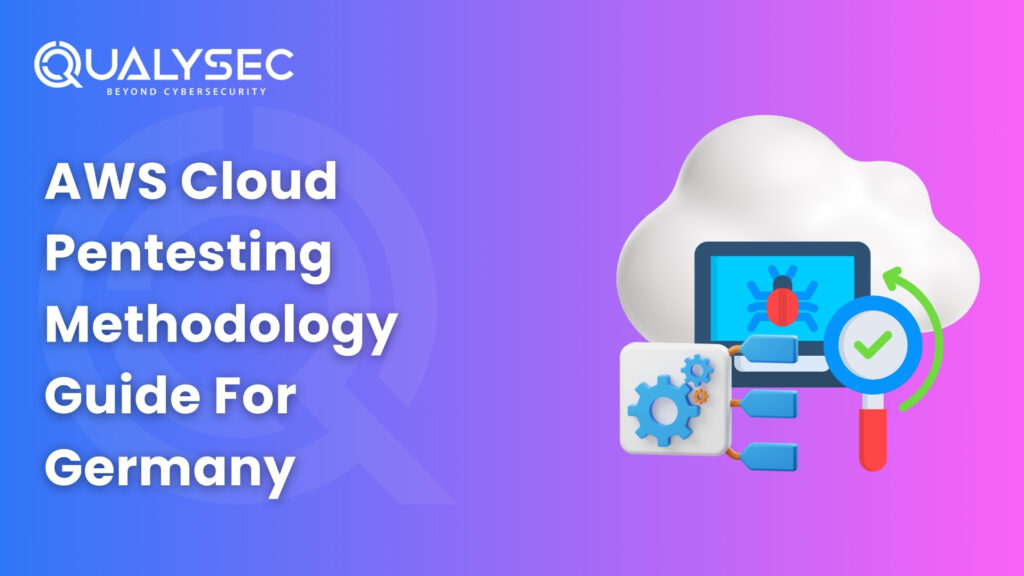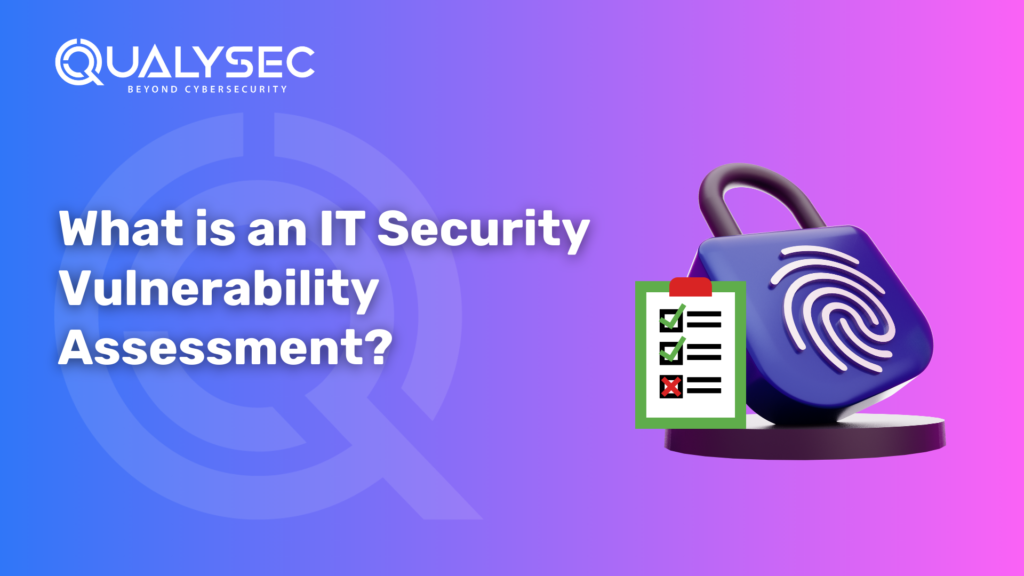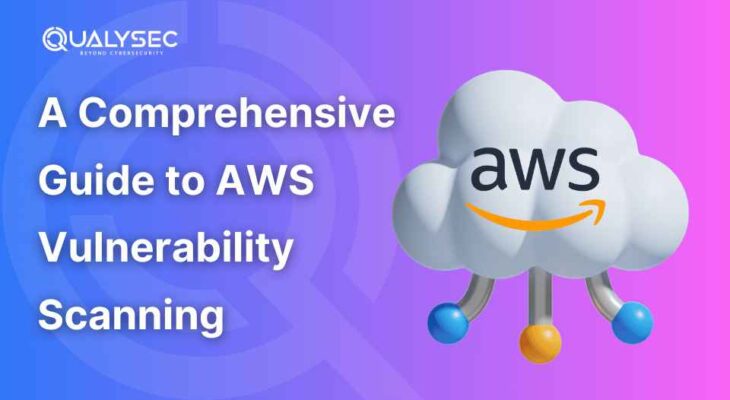AWS Cloud Pentesting Methodology Guide For Germany
The use of AWS cloud is now an urgent concern to businesses in Germany as organisations in different sectors are increasingly adopting it. By 2025, more than 81 percent of German companies said they use cloud services, with AWS being one of the leading providers on which to run finance, health, and manufacturing critical workloads. Security issues increase with the scalability of cloud infrastructure. By the end of March 2024, more than 100 million data records had been affected by common European-wide cyber incidents in Germany. In the controlled sectors that handle sensitive financial, health, or operational information, annual AWS cloud pentesting is not only one of the security best practices. It is a requirement for compliance and risk mitigation. This guide will describe the approach to AWS pen testing in the German market in terms of scoping, tooling, reporting standards, and the ways that businesses can remain audit-ready within frameworks such as GDPR and BSI IT-Grundschutz. Understanding AWS Cloud Pentesting and Why It Matters in Germany Before starting any AWS cloud pentesting engagement, it is important to understand what penetration testing in the AWS environment includes and what it does not. What is AWS Cloud Pentesting? AWS cloud pentesting is an ethical hacking of your cloud environment running on Amazon Web Services in order to identify security holes, configuration faults, and any vulnerabilities that can be used as an attack point. Common Areas Covered: What It Does Not Cover: According to the official penetration testing directives offered by AWS, no prior authorization is required for testing most of AWS functionality tools, such as EC2, RDS, or even Lambda. Every baptism, though, should be carried out according to usage policies without engaging in actions that might trouble other customers. Why It Matters in Germany The issue of cloud security not only possesses a technical side in Germany, but it is highly intertwined with regulatory requirements. Data protection regulations like GDPR, standards like BSI IT-Grundschutz, as well as industry-oriented requirements of BaFin, define pentesting as a legal security measure as well as a security best practice. For regulated sectors including fintech, healthcare, and manufacturing, AWS pentesting helps: Also read: AWS Cloud Penetration Testing: A Complete Guide Latest Penetration Testing Report Download AWS Cloud Pentesting Methodology (Germany-Focused Approach) The appropriate pentesting strategy in AWS in Germany should comply with the compliance, data residency, and industry regulations (including GDPR, BSI IT-Grundschutz, and BaFin regulations). The standard AWS cloud pentest process would look like the following step-by-step breakdown: 1. Scoping and Asset Discovery Determine what to be covered by the tests: EC2 instances, S3 buckets, VPCs, IAM roles, and so forth. Find cloud-native things with the help of AWS CLI, APIs, or reconnaissance tools. Make sure that they are aligned with internal data governance and AWS policies. 2. Cloud Configuration Review Review IAM policies of privilege escalation VPC peering configurations, network ACLs, and audit security groups Detect S3 configuration errors and expel public data 3. Vulnerability Scanning Look at a Aws vulnerability scan of AMIs and EC2s to find vulnerable software or OS vulnerabilities Determine popular misconfigurations with the help of such tools as Prowler, ScoutSuite, or AWS Inspector Confirm open ports and services that are unused 4. Exploitation and Manual Testing Perform API or serverless (e.g., Lambda, API Gateway) logic testing Misconfigure IAM roles used for token processing Emulate privilege escalation with the help of IAM role chaining or vulnerable trust connections 5. Post-Exploitation and Lateral Movement Attempt horizontal movement across services or accounts (without disrupting availability) Check for improper cross-account permissions Explore environment variables, metadata, and open ports 6. Reporting and Remediation Plan Offer a conclusion with the rating of risks Provide compliance mapping (e.g., GDPR, ISO 27001, BaFin) Provide a plan of remediation steps In the cases of organizations that process sensitive data or operate under the BaFin or BSI regulations. It is important not to stop at the level of automated scans. Check out the AWS pentesting service of Qualysec pen testing, which is manual and automated, with regard to the cloud security regulations of Germany. Choosing the Right Tools for AWS Pentesting in Germany In order to conduct proper and audit-compliant AWS penetration tests, the proper choice of tools is crucial. These tools must be in line with the German standards of regulation and facilitate both automated and manual testing stages. Commonly Used Tools Include: Prowler: Open-source tool ERB conducting AWS CIS benchmark comparisons and misuse of identity analysis. Helpful in identifying misconfigurations, such as German laws on data. ScoutSuite: Multi-cloud security auditing utility to get insight into risks within an AWS environment, and an extensive inspection of IAM policies. AWS Inspector: Integrated vulnerability management solution that runs on either EC2 workloads or on container-based workloads; supports a large number of internal audit regimes. PacBot / CloudSploit: Useful in continuous monitoring of compliance with the GDPR and BSI demands. Burp Suite / OWASP ZAP: It can be effectively used to test web applications running or developed on AWS infrastructure, particularly EC2 and Lambda-based APIs. Why Tool Selection Matters: German data compliance (e.g., BaFin or BSI) might necessitate complete audit logs and immutable logging. Certain inherent tools will have to be implemented in other in-region VPCs so as to meet data residency requirements. Not every automation platform undertakes a contextual analysis; it is therefore important to get manual validation to eliminate instances of false positives (such as the services provided by Qualysec). Also read: AWS Security Assessment: Best Practices and Key Strategies How to Stay Compliant During AWS Pentests (Germany-Focused) Conducting the AWS penetration tests in Germany is not only about the technical expertise. When you are in a financial-related industry (finance, healthcare, insurance, etc.), you are to comply with such demanding regulatory frameworks as GDPR, BSI IT-Grundschutz, and BaFin requirements. Steps to Ensure Compliance During AWS Cloud Pentesting: Follow AWS’s Acceptable Use Policy: AWS does not mandate prior authorization for penetration testing of such services as EC2, RDS, or Lambda, but it forbids any examinations






